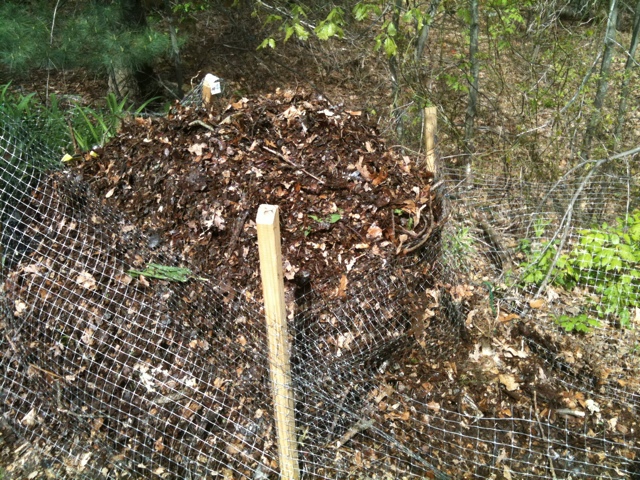Spring is here. Time to turn the compost. This allows all the leaves to get a turn to get to decompose in the interior of the pile.
A manure or pitch fork is the best tool. It pierces the pile easily since it has only four sharp fingers.
Big surprise!
In spite of all the snow we got this year, the leaf mulch has started to darken quite a bit. That is a good sign.
There was some matting or clumping in the pile. The process of turning breaks up these clumps.
Basically, you have to transfer all the contents of the pile from one bin to the other. That is why you need two partitions for your compost bin.
-
Recent Posts
Recent Comments
Archives
Categories
Meta









